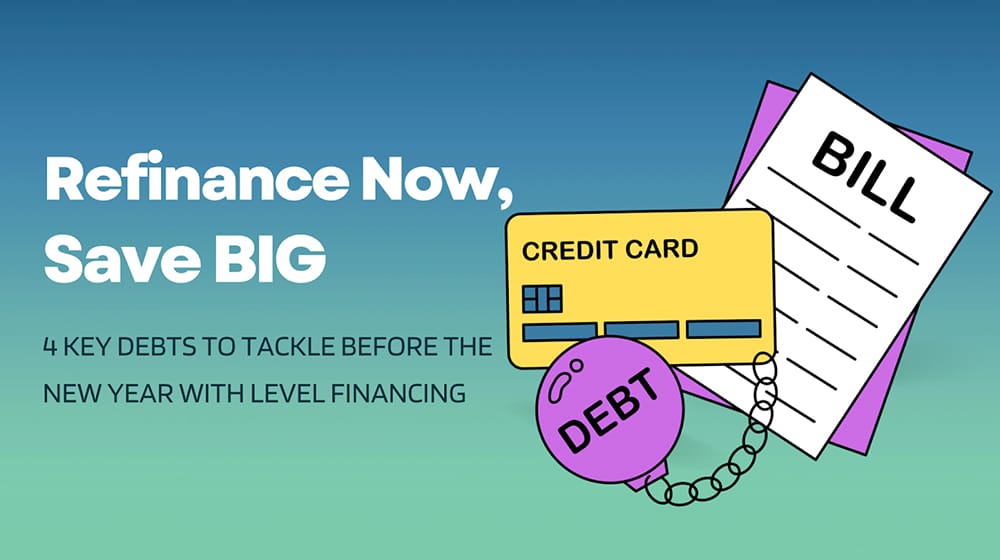The personal savings rate in America has been on a steady decline over the past few decades.
According to data from the Federal Reserve, the savings rate peaked at around 13% in the early 1980s but has since dropped to just 6.2% as of August 2022. This means that, on average, Americans are now saving just 6 cents out of every dollar they earn.
Here’s how you can swim against the tide and build your own savings buffer!
The Importance of Personal Savings
Maintaining an emergency fund and having savings set aside for retirement and other goals is essential for anyone wanting to take control of their finances. Here are some of the key benefits of making personal savings a priority.
- Financial security – Savings provide a cushion and peace of mind when faced with unexpected expenses like medical bills or car repairs.
- Retirement planning – Saving consistently through retirement accounts helps ensure you can maintain your lifestyle in your golden years.
- Major purchases – Down payments for cars, homes, or educational expenses may require savings built up over the years.
- Financial flexibility – Having savings and liquid assets available allows you to take advantage of new opportunities.
- Emergency preparedness – Savings helps you weather events like job loss or family emergencies without going into debt.
Key Takeaway: Personal savings provide stability and options that allow you to be financially resilient no matter what comes your way.

Strategy One: Automated Savings
One of the easiest ways to save without thinking about it is by setting up automatic transfers from your checking account to a savings account. Here are some tips.
- Set up a recurring transfer through your bank for a portion of each paycheck. Even small amounts like $25 or $50 can add up over time.
- Time it to occur right after payday before you start spending money.
- Use “out of sight, out of mind” accounts like online-only savings, where it’s not easy to withdraw funds.
- Increase the amount by 1-2% whenever you get a raise at work, and won’t notice the difference.
Key Takeaway: Automation takes the effort out of active budgeting and makes it easy to max out employer retirement account contributions, too.
Strategy Two: Budgeting and Expense Tracking
Budgeting and tracking spending is critical for understanding where your money is going each month. Once you identify expenses, you can allocate funds towards savings goals before spending on other categories.
- Use pen and paper, spreadsheets, or budgeting apps to manually track expenses for a month.
- Categorize expenses as essentials, lifestyle costs, and unnecessary purchases.
- Create a reasonable budget for next month, allocating money to needs; some wants, and savings goals.
- Stick to the budget by continuing to track expenses and making adjustments as needed.
Key Takeaway: Many people are surprised at where their money leaks away when they start closely tracking spending. This insight makes it easier to prioritize savings.

Strategy Three: Reducing Unnecessary Expenses
Trimming back on non-essential spending is an easy way to find extra money to sock away in savings each month.
- Review expenses from credit card bills and bank statements to identify top areas of overspending. Common culprits are dining out, entertainment, and shopping.
- Look for lower-cost alternatives like cooking at home, free local attractions, and reducing impulse purchases.
- Cut back or cancel services you rarely use, like cable packages, memberships, subscriptions, or software.
- Avoid relying on credit when possible and pay down high-interest debt aggressively.
Key Takeaway: Even modest reductions to non-essential costs quickly free up cash that can be redirected to savings goals each month.
Strategy Four: Increasing Income
Bringing in more money obviously provides greater capacity to save a portion of your income. Here are some options.
- Ask for a raise at your current job if you have taken on more responsibilities or enhanced skills. Provide evidence of your value.
- Search for a new role with higher pay, particularly if you have been with an employer for a few years.
- Take on occasional freelance work or monetize a hobby with a side business.
- Explore passive income streams like affiliate marketing, advertising, or investing.
Key Takeaway: Look for ways to increase your earnings without taking on longer hours, and allocate a set percentage straight to savings. Even small amounts add up.

Strategy Five: Investing Wisely
Investing provides an opportunity to grow your savings faster through compound earnings on returns.
- Consider safer, more liquid investments like high-yield savings accounts, CDs, money market funds, and short-term bonds.
- Look into index funds, which provide broad market exposure with lower risk and fees.
- Diversify your portfolio between stocks, bonds, real estate, and other uncorrelated assets.
- Reinvest investment earnings to benefit from compound growth over decades.
Key Takeaway: Talk to a financial advisor to develop an investing approach aligned with your risk tolerance and time horizon.
Staying Motivated in Your Savings Journey
Changing spending habits and sticking to a long-term savings strategy is challenging. Here are some tips for staying motivated.
- Set specific, measurable financial goals like saving for a down payment by a certain date.
- Calculate how reaching milestones will impact your finances. Seeing the numbers can provide powerful motivation.
- Track your savings progress visually in apps or through a chart on the wall. Celebrate reaching small goals.
- Join online communities of others striving for financial health for inspiration and accountability.
- Remind yourself consistently why you want to take control of your finances and how savings will provide more freedom.
Key Takeaway: It’s easy to get discouraged when trying to save for the future, but by setting clear goals and staying motivated through tracking progress and connecting with others, it can be easier to make consistent progress toward a financially secure retirement.

Final Thoughts
Though nationwide trends may look bleak, individuals still have the power to take charge of their financial present and future by developing smart personal savings strategies. Through mindset shifts, expense reductions, more income, and investing, you can swim against the tide and come out ahead. With some effort and discipline now, you can enjoy peace of mind knowing your financial bases are covered.
What steps will you take today to start building up your personal savings buffer? Developing savings habits and strategies tailored to your own circumstances will position you to thrive financially no matter what the future brings.




